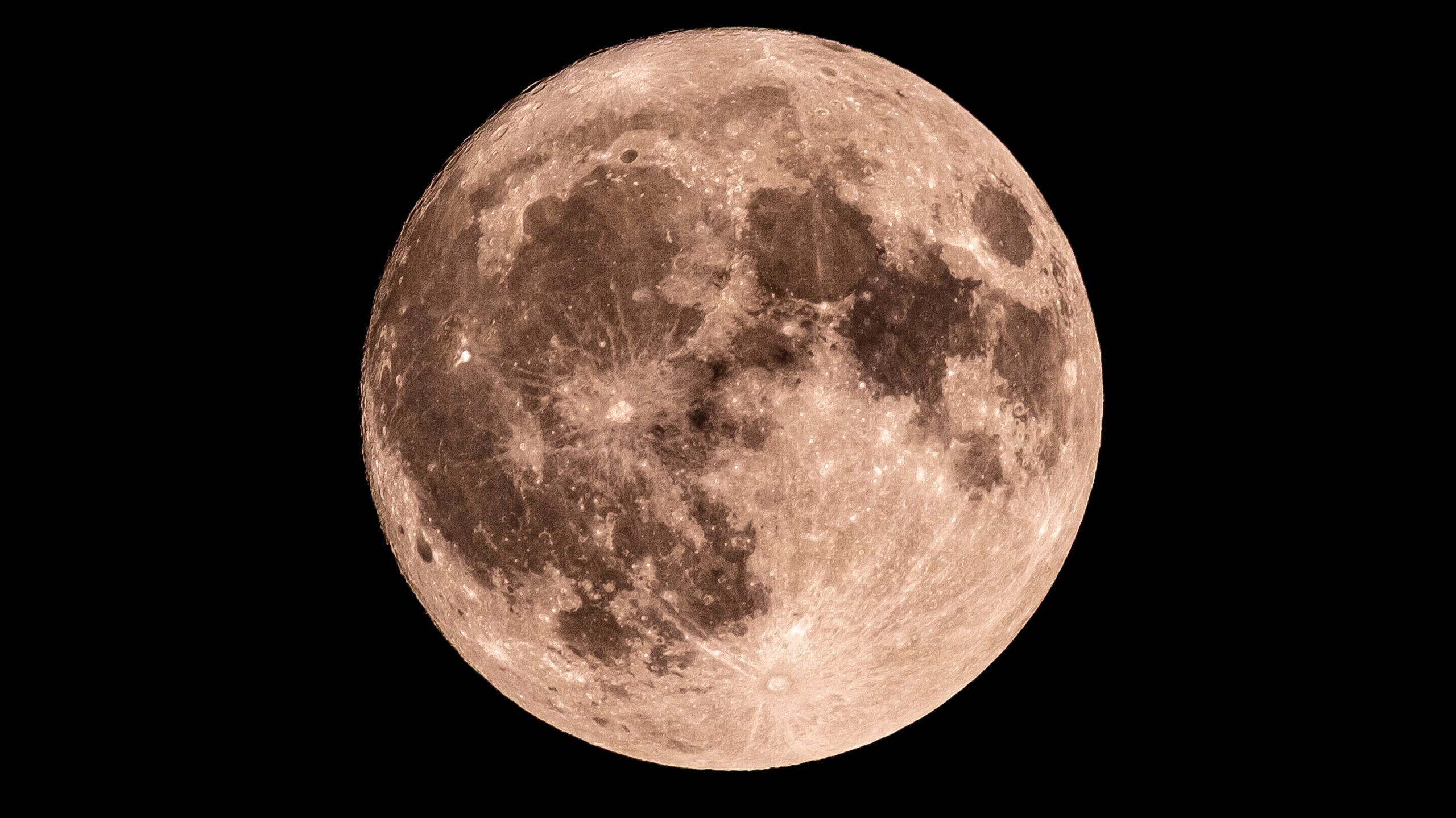Science
Moon Shines Bright Tonight: Waxing Crescent Phase on October 25

As of October 25, 2023, the moon is showcasing its Waxing Crescent phase, providing an opportunity for skywatchers to observe its features. According to NASA’s Daily Moon Observation, 14% of the moon will be illuminated tonight, making it a prime time for viewing.
Following several nights of low visibility, the moon’s brightness allows amateur astronomers and casual observers to spot significant surface features. Without any optical aids, viewers can see the Mare Crisium and the Mare Fecunditatis, two prominent lunar maria. For those equipped with binoculars or a telescope, the Endymion Crater becomes accessible, enhancing the viewing experience.
Understanding Moon Phases
Moon phases are a result of the moon’s 29.5-day orbital cycle around Earth. This cycle alters the angles between the Sun, Moon, and Earth, changing how much of the moon is illuminated from our perspective. While we always see the same side of the moon, the amount of light it reflects varies, leading to the different phases.
The eight primary moon phases in this cycle are:
– **New Moon**: The moon is situated between Earth and the sun, rendering it invisible.
– **Waxing Crescent**: A small sliver of light appears on the right side (in the Northern Hemisphere).
– **First Quarter**: Half of the moon is illuminated on the right side, resembling a half-moon.
– **Waxing Gibbous**: More than half of the moon is lit but not yet full.
– **Full Moon**: The entire face of the moon is illuminated and fully visible.
– **Waning Gibbous**: The moon begins to lose light on the right side.
– **Third Quarter (or Last Quarter)**: Half of the moon is lit, but now on the left side.
– **Waning Crescent**: A thin sliver of light remains on the left side before the moon goes dark.
Looking Ahead: Next Full Moon
The next full moon is scheduled for November 5, 2023. As the cycle progresses, enthusiasts and casual observers alike will have more opportunities to witness the moon’s phases in their full glory.
For those in the Southern Hemisphere, the orientation of the visible features will be reversed, with the Mare Crisium and Mare Fecunditatis appearing on the left side. This phase of the moon offers not only a chance for observation but also an opportunity for education about lunar cycles.
With the Waxing Crescent phase lighting up the night sky, the moon promises a captivating sight for those eager to explore its beauty and complexity.
-

 Science2 months ago
Science2 months agoInventor Achieves Breakthrough with 2 Billion FPS Laser Video
-

 Health2 months ago
Health2 months agoCommunity Unites for 7th Annual Into the Light Walk for Mental Health
-

 Top Stories2 months ago
Top Stories2 months agoCharlie Sheen’s New Romance: ‘Glowing’ with Younger Partner
-

 Entertainment2 months ago
Entertainment2 months agoDua Lipa Aces GCSE Spanish, Sparks Super Bowl Buzz with Fans
-

 Health2 months ago
Health2 months agoCurium Group, PeptiDream, and PDRadiopharma Launch Key Cancer Trial
-

 Top Stories2 months ago
Top Stories2 months agoFormer Mozilla CMO Launches AI-Driven Cannabis Cocktail Brand Fast
-

 Entertainment2 months ago
Entertainment2 months agoMother Fights to Reunite with Children After Kidnapping in New Drama
-

 World2 months ago
World2 months agoR&B Icon D’Angelo Dies at 51, Leaving Lasting Legacy
-

 World2 months ago
World2 months agoIsrael Reopens Rafah Crossing After Hostage Remains Returned
-

 Business2 months ago
Business2 months agoTyler Technologies Set to Reveal Q3 Earnings on October 22
-

 Health2 months ago
Health2 months agoYouTube Launches New Mental Health Tools for Teen Users
-

 Health2 months ago
Health2 months agoNorth Carolina’s Biotech Boom: Billions in New Investments









